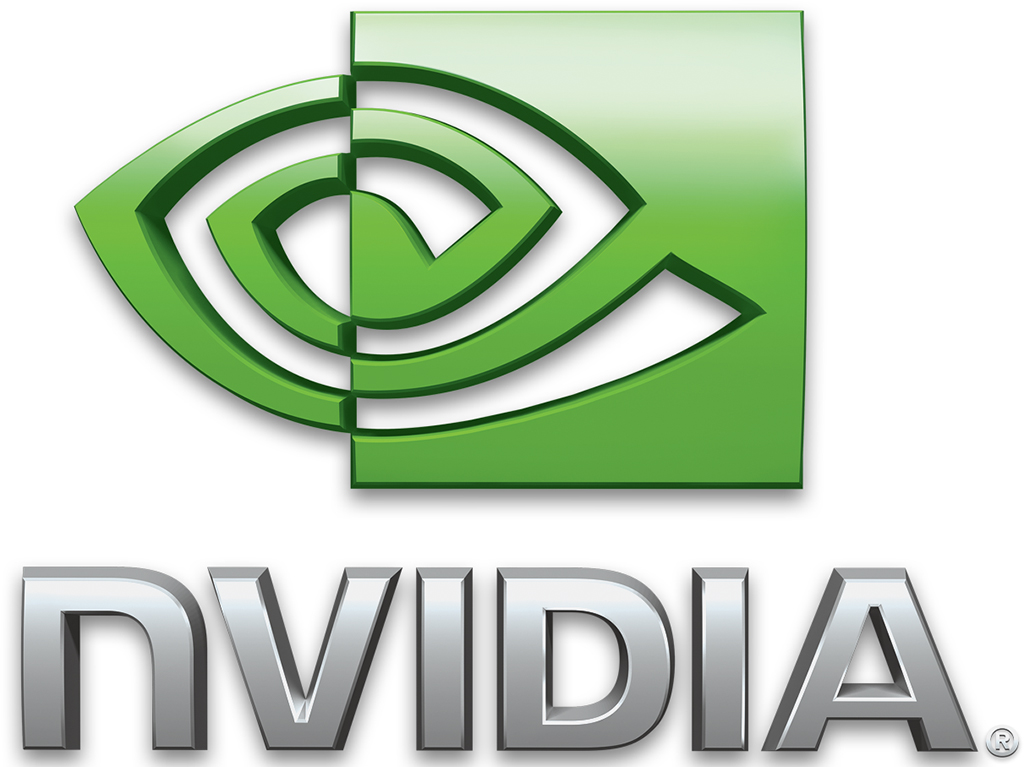Nvidia's CUDA is Already 5 Years Old
Nvidia's CUDA, Compute Unified Device Architecture, just turned five years old in a relatively quite ceremony held at SC11 and on Nvidia's blog.
The platform, which enables developers to exploit Nvidia GPUs (as well as x86 CPUs) for general-purpose GPU computing purposes was introduced on November 15, 2006 with the GeForce 8 series. Since then, Nvidia claims to have sold more than 350 million CUDA enabled GPUs. The CUDA toolkit has been downloaded more than 1 million times and more than 500 universities around the globe are teaching CUDA classes.
CUDA was, from the very beginning, designed to drive GPUs into high-performance computing applications in military, academic and industrial environments. While it was somewhat slow to start, Nvidia has been successful as, for example, three of the five fastest supercomputers in the world now integrate Tesla acceleration cards, the primary delivery vehicle for CUDA-based accelerators. CUDA apps, which are basically created via C++ like-code with specific extensions was the first generally available high-level language to easily access the processing horsepower in widely available and relatively affordable GPUs.
CUDA, which is still positioned against open high-level platforms, especially OpenCL, survived a looming battle with Intel's canceled Larrabee graphics card and floating point accelerator, but has been frequently criticized that it is not as easy to deploy as Nvidia claims. For example, while basic access to the GPU via CUDA is considered to be relatively easy, the remaining 5 to 10 percent of performance that is hidden in a GPU can only be accessed via detailed knowledge of the architecture of the GPU, especially its memory architecture.
In June of this year, Nvidia rolled out, with a delay of more than two years, multi-CPU x86 CUDA compilers that runs CUDA code on Intel and AMD processors.
Get Tom's Hardware's best news and in-depth reviews, straight to your inbox.

Wolfgang Gruener is an experienced professional in digital strategy and content, specializing in web strategy, content architecture, user experience, and applying AI in content operations within the insurtech industry. His previous roles include Director, Digital Strategy and Content Experience at American Eagle, Managing Editor at TG Daily, and contributing to publications like Tom's Guide and Tom's Hardware.
-
AbdullahG plznoteHasn't improved much, has it?From Nvidia:Reply
Heart attacks are the leading cause of death worldwide. Harvard Engineering, Harvard Medical School and Brigham & Women's Hospital have teamed up to use GPUs to simulate blood flow and identify hidden arterial plaque without invasive imaging techniques or exploratory surgery.
The National Airspace System manages the nationwide coordination of air traffic flow. Computer models help identify new ways to alleviate congestion and keep airplane traffic moving efficiently. Using the computational power of GPUs, a team at NASA obtained a large performance gain, reducing analysis time from ten minutes to three seconds.
Adobe, Microsoft, and others use CUDA in several of their apps. CUDA also comes in handy in game and graphics development. The benefits also go beyond that. Just because "games" and such don't take advantage of CUDA doesn't mean it hasn't helped...
-
plznote You missed my point.Reply
I didn't say that it was useless.
I said that it hasn't improved much.(Has'nt got better) -
AbdullahG My bad. It was just phrased in a way saying CUDA has not improved much, didn't know you meant CUDA itself hasn't improved...Reply -
clonazepam I wish CUDA could help me quit smoking. Other than that, I think its a great platform.Reply -
TheGuardian Cuda also makes it possible for smaller companies or individuals to pump out higher quality animations. Using Cycles and only one of my 570s, I can render a frame in about 1/10th the time. A scene that would have taken 10hrs to render, now only takes an hour.Reply -
Onikage yeah it all happend with the 8000 series, have one 8800GTS 512 from MSI in 2008 and it still works,Reply -
alidan id still rather have an open solution to cuda than cuda... nvidia has wronged me in the past and i will never for give them...Reply -
lordstormdragon alidanid still rather have an open solution to cuda than cuda... nvidia has wronged me in the past and i will never for give them...Reply
They haven't personally wronged you, Alidan. Quit your crying.
There already are several open solutions. OpenCL for one is coming along nicely. But this requires that the hardware manufacturers meet THEIR specs. With CUDA, the software meets Nvidia's specs.
There are simply things OpenCL cannot do that CUDA can. And OpenCL is excellent of course, but AMD cards and Nvidia cards are simply built differently. It's apples and oranges, when it comes to GPU compute performance. Gaming it would be apples and apples, but raw computations are a different monster...
If you've ever used iRay (mental images) or Vray-RT for GPU rendering, you'd know the difference. Since you haven't, it'll give you a point to research.
